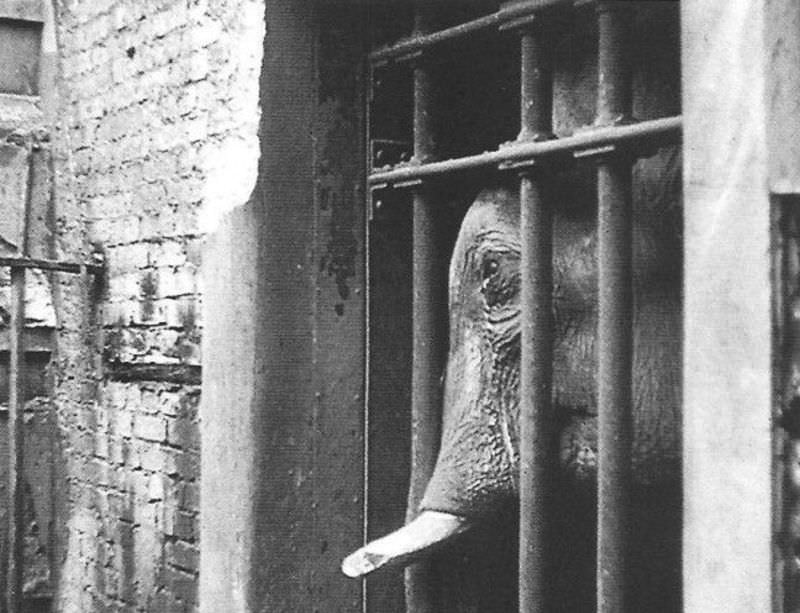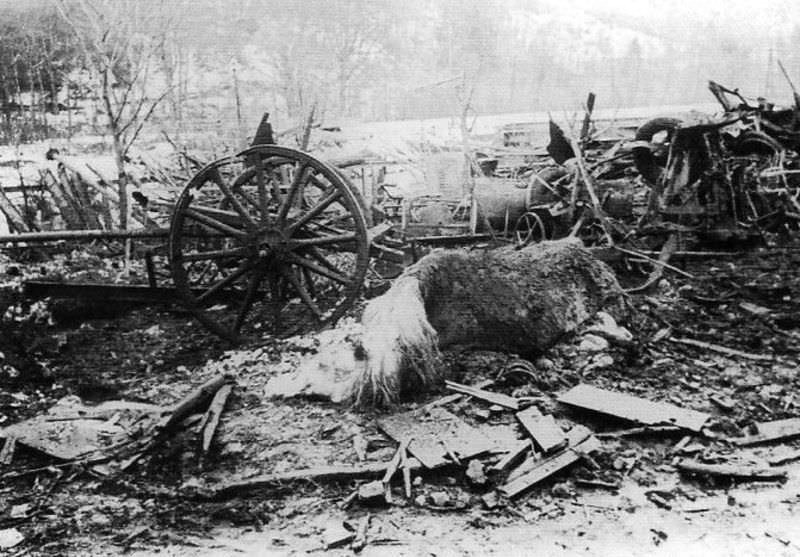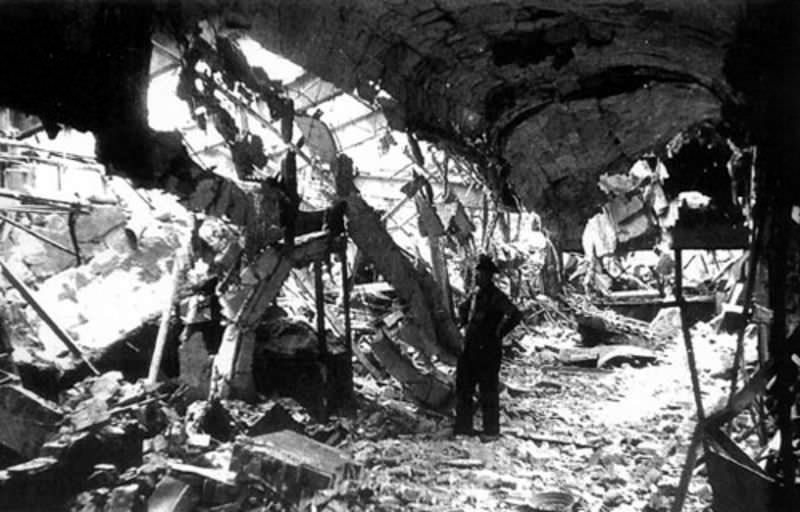Zoologischer Garten Berlin was the first zoo in Germany, which opened on August 1, 1844. Its aquarium opened in 1913. Frederick William IV, King of Prussia, donated the first animals from the zoo and pheasantry of the Tiergarten. In the same year, a U-Bahn station was opened nearby.
On September 8, 1941, the Allies bombed the zoo area for the first-time during World War II. The majority of the damage was done during the bombardments of 22 and 23 November 1943. 30% of the zoo animals were killed within 15 minutes on the first day. A direct hit on the aquarium building destroyed it on the second day. Only one of the eight elephants survived, Siam. During a fire in his animal house, the 2-year-old hippo bull Knautschke was saved. Most of the damage was caused during the Battle of Berlin. On April 22, 1945, the zoo was under constant artillery fire from the Red Army. Fighting continued in the zoo area until April 30. The zookeepers killed several predators and other dangerous animals due to safety measures.
The zoo was fortified by the end of the war with the Zoo Tower, a huge flak tower that provided the last remaining bastion of Nazi German resistance against the Red Army with its bunkers and anti-aircraft weapons. A small underground shelter was located at the entrance to the zoo for visitors and keepers. Female personnel and the wives of zookeepers cared for wounded German soldiers here during the battle. The zoo flak bunker surrendered on April 30.
The National Zoological Park recorded 91 animals as survivors on May 31, 1945, including two lion cubs, two hyenas, an Asian elephant bull named Siam, a hippo bull named Knautschke, ten baboons, and a chimpanzee. Red Army soldiers ate some animals after the battle. Some animals disappeared after the battle. After the zoo was destroyed, it and the accompanying aquarium were reconstructed according to modern principles to display the animals in as natural an environment as possible. Breeding animals, including some rare species, with these new methods, have demonstrated their efficacy.


















